For those of you who were into systematic timetable in their childhood are aware of the fact that how important it is to plan out and manage work, and for those of you who were not in this coherent, well! we all are aware of the “night before exam” tales.
Unfortunately, this doesn’t work when you are living a corporate life. There are projects which are worth more than our lifetime’s earning, and mistakes are not an option. In situations like these, you crave for a little-appreciated help.
Here is when JIRA emerges as a blessing. It allows the user to track any type of unit of work (it may include a project, issue, bug, task etc.) via predefined workflow. JIRA helps a user support any agile project management methodology.
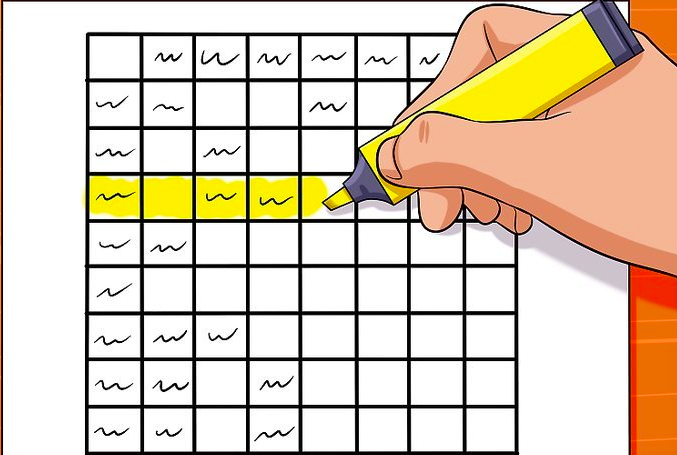
But what exactly is an agile project methodology, and how does JIRA help in leveraging it? Let’s read.
What is an Agile Project Management Methodology?
An iterative approach is exercised for planning and managing of the project process. This iterative approach is known as Agile Project Management (APM). The main focus of APM is to give continuous release and integrated customer feedback by reducing complexity before breaking down the many months' long cycle of building requirements. JIRA software is one such tool which supports the agile methodology.
From this the user has the power to plan, track, manage all the type of development project from this single tool.
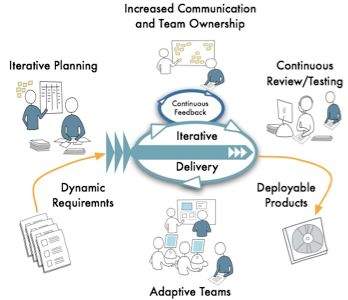
Agile Practices and Principle
The main role of Agile development was to build a bridge between development and business. Hence, keeping all the related factors in mind agile practices were developed.
The main aim was to engage both the groups in the number of practices. These management practices give the whole Agile team an idea of what features would be delivered when with the deadlines.
According to the Agile Manifesto and the 12 principles of Agile software, a lean emphasis on manufacturing, collaboration, and communication is needed. Thus for a quick development of the overall plan, these here are the 12 principles required in the whole process.
|
|
Principle |
Significance |
|
Principle 1 |
Customer satisfaction through continuous delivery of software |
Decreases the distance between gathering the requirement and feedback of the customer by planning less change time |
|
Principle 2 |
Implementing changes |
Decreases the distance between conceiving and implementing a vital change |
|
Principle 3 |
Deliver functional software |
Decreases the distance between planning and delivery |
|
Principle 4 |
A collaboration of developers and managers |
Communication tools are used for remote workers |
|
Principle 5 |
Projects around motivated individuals |
Proper team to complete project objectives and support to complete the task |
|
Principle 6 |
Operational Software |
A quality software to measure the work progress |
|
Principle 7 |
Promotes sustainable development |
Work done in short sprints |
|
Principle 8 |
Excellent design enhances agility |
The scrum tool helps in better iteration |
|
Principle 9 |
Simplicity |
Keeps the things simple and easy between the time of comprehension and completion |
|
Principle 10 |
Agile management team |
Attack problem, clear confusion and find solutions |
|
Principle 11 |
Adapt and inspect |
Plan task for a better success of the project and then implementing it |
|
Principle 12 |
Effective interactions |
Decreases the time between questions put and answers answered |
How does JIRA organize agile projects?
While planning and organizing the projects there are a few strategies that should be taken into account. The fits which are appropriate for the whole projects would be:
-
Releasable product
A software development team usually looks to make heavy use of the JIRA release and versioning the whole system, if that team wants to give a strong consideration in organizing the project by releasable product or groups of work, then they would need to allocate a common release cycle. The main goal of releasable product is to produce something good for the user to be placed in the hands every few weeks. In order for the products to be potentially releasable the improved products must be:
- High quality
- Well tested
- Complete
-
Team
The very first focus of the team-based projects is to monitor and share skill sets with other members of the social organization. Software team involves managers, designers, marketers, developers, and testers. Thus JIRA helps in three most important phases
- Make
- Sell
- Operate
-
Business Unit
While organizing around agile teams, you might consider organizing around larger business units. Business units like IT, product, marketing, and so on. The business unit contains multiple domains which operate together and ensure the desired tasks.
Core Components of JIRA in Project Management
JIRA project management workflows represent the processes operating in an organization. It is one of the most powerful tool.
So how does JIRA work which makes it ideal for all the people? Let’s find out!
-
Custom Workflow
JIRA project management workflows present you with the processes in the organization. These processes are customized for projects, issues, and subtasks. Anything can be a part of the process. The user can ever design their own workflow and customize it.
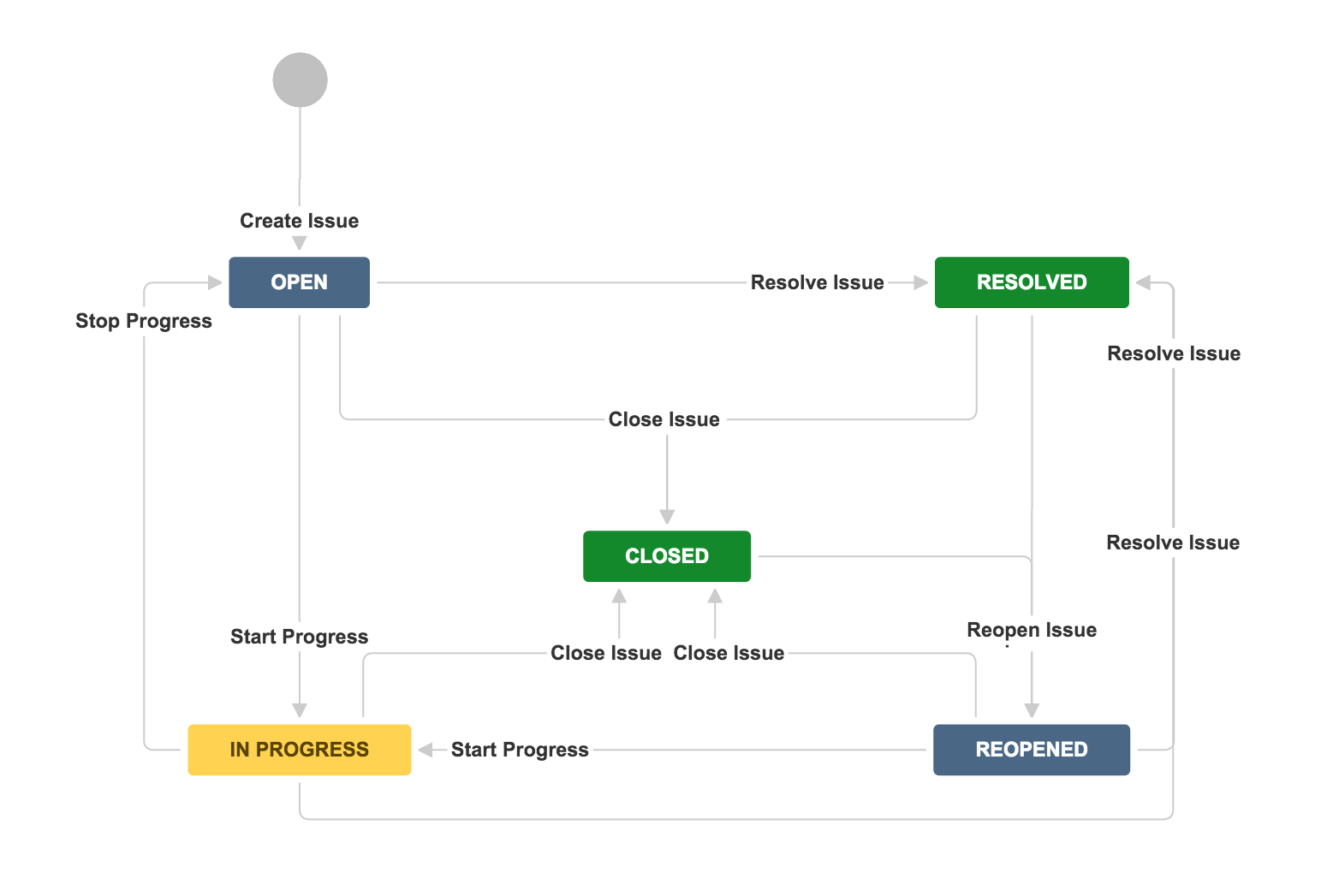
-
Permissions
This section is super flexible and customizable in JIRA software. The user can give certain team members the permission to edit, comment on, or assign tasks within their own team. If the user needs to modify permissions in the middle of a project, then it is possible to do it. The user can operate permission based on security
Project Phases
All the projects in JIRA fall into four phases. These phases help in to keep everything organized and easy to understand. The four phases might include the following:
Phase 1: Includes Project categories
Phase 2: Looks after the current project
Phase 3: Goals which are needed to be accomplished
Phase 4: Manage smaller piece of complex issues
And here Comes in Scrum
A Scrum is an agile methodology where the products are constructed in a series of fixed-length iterations. It is a framework which provides team collaboration on complex products. It is lightweight process which prescribes the practice and methods that ensure high-level delivery of work. This brings four things together
- Sprint
This is a basic unit of development in Scrum. It is a time-boxed event in which the development team tries to meet the requirements which are given by the project owner. Sprint is restricted for specific durations. The duration is fixed in advance for each sprint and is normally between a week and a month.

- Sprint planning
This is a collaborative effort which is involved in Scrum Master (Scrum Master ensures that the scope is defined by the product owner, and it is completed during the prescribed tenure) who facilities the meeting and clarifies the details of the product backlog.
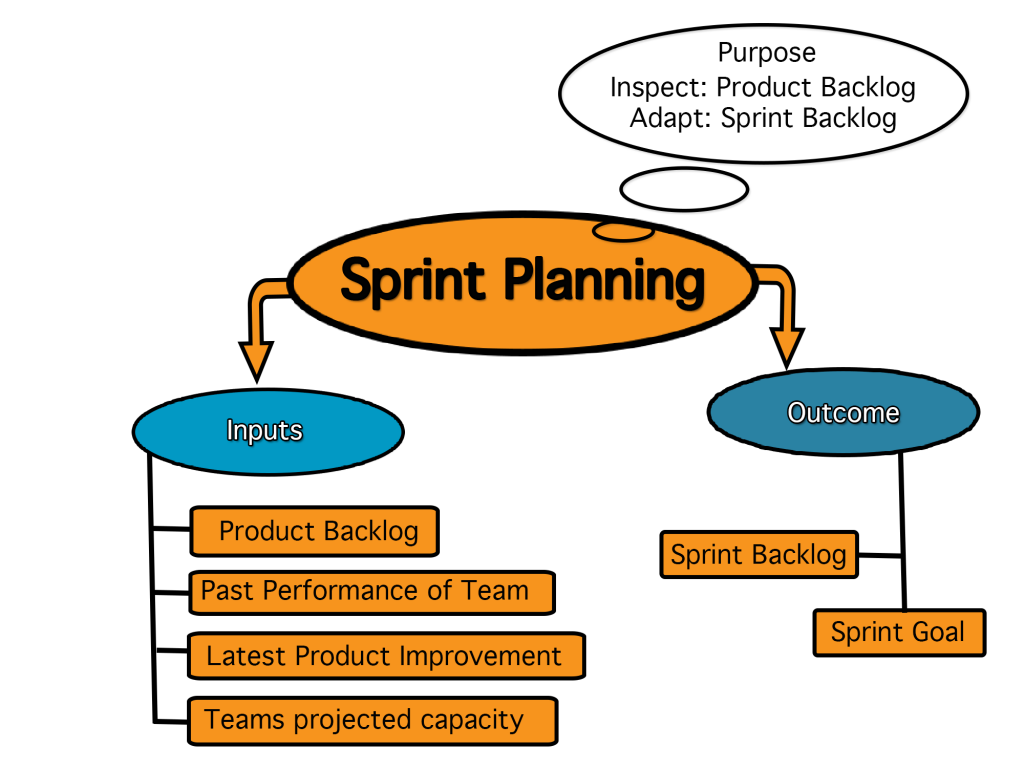
- Stand ups
Stand-ups are the daily meetings which are held after every sprint. The whole development team decides on the tasks and the goals of the project. All the members are included in it with 100 percent transparency. These meetings include the progress and daily updates as well.
- User Story
A user story would be considered as a very high-level definition of a the requirement, containing just enough data so that the developers are able to produce a reasonable estimate of the efforts to implement them. The user story decides and defines the sprint planning sessions by the product owner.
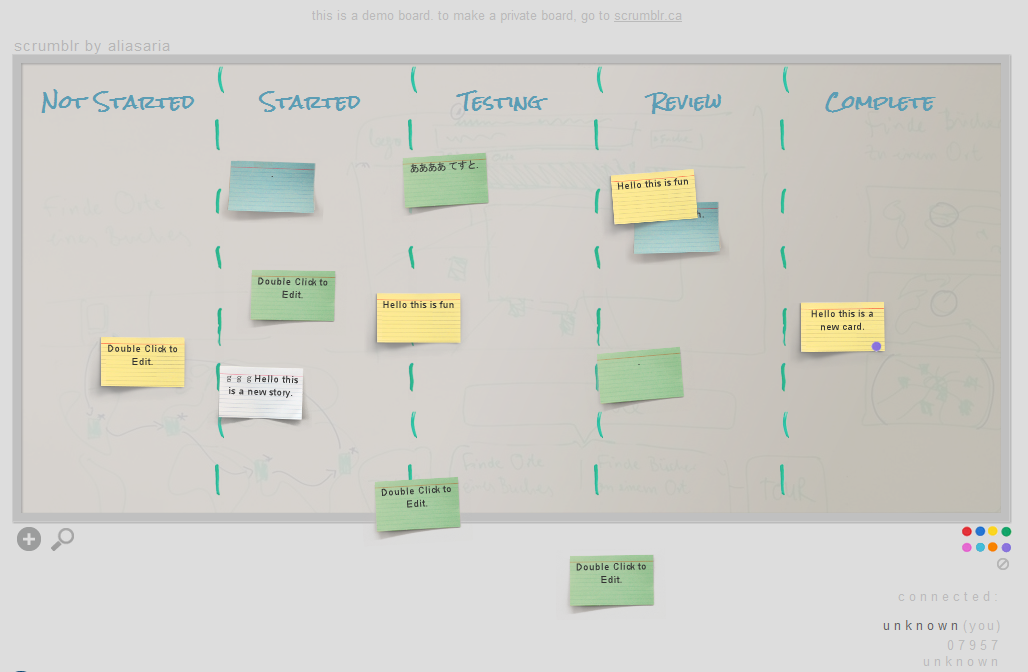
Benefits of using JIRA for Agile Practices
We all know that the when the tool is used in right place it can provide solid support for the methodology. Since the aim on documentation is low in Agile, JIRA helps the user in a step-by-step process to have everything in one place. Not only this, but it provides the user with:
- The user is capable of creating and managing boards in agile. It allows the monitoring of the project from one place.
- There are two kinds of boards in the JIRA agile. One is Scrum and other in Kanban respectively which helps in planning and working of the sprints.
- It provides the user with a plan mode which displays all the user stories.
- The work mode is presented in such a way that the user is able to display active sprint information. The entire process is categorized into to do, in progress and done.
- Many Agile reports are generated with the help of JIRA. With the admin’s permission, it is possible to configure a board after creation.
How OpenSense Labs uses Agile Practices and JIRA for its Projects
OpenSense Labs approves of leveraging the Agile Software Practices and Methodologies which we believe would be a perfect approach towards achieving the goals and targets.
For large scale projects with multi-level structure, our organization uses various project management tools and techniques to simplify the role and the tasks. JIRA is one such software which is used to outline the benefits and methods of leveraging Agile practices.
For the aim of fast-evolving and flexible product development cycle, JIRA is definitely a blessing. The software helps in raising up the tickets based on the development tasks and the structures the entire website building which is based as per the agreed timeline.
Our organization uses the Scrum web development techniques which potentially divides the whole project into smaller parts that ensure the adherence to the shared timeline.
Connect with us at [email protected] to actively engage in better team integration and for smooth work across the departments.
Subscribe
Related Blogs
Trek n Tech Annual Retreat 2025: A 7-Day Workcation of OSL
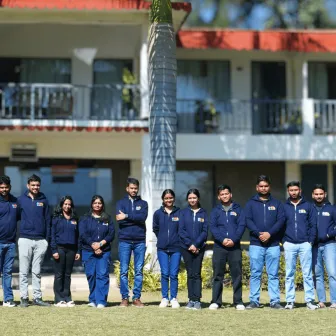
OSL family came together for the Trek n Tech Annual Retreat 2025, a 7-day workcation set amidst the serene beauty of…
Exploring Drupal's Single Directory Components: A Game-Changer for Developers

Web development thrives on efficiency and organisation, and Drupal, our favourite CMS, is here to amp that up with its…
7 Quick Steps to Create API Documentation Using Postman

If you work with API , you are likely already familiar with Postman, the beloved REST Client trusted by countless…




